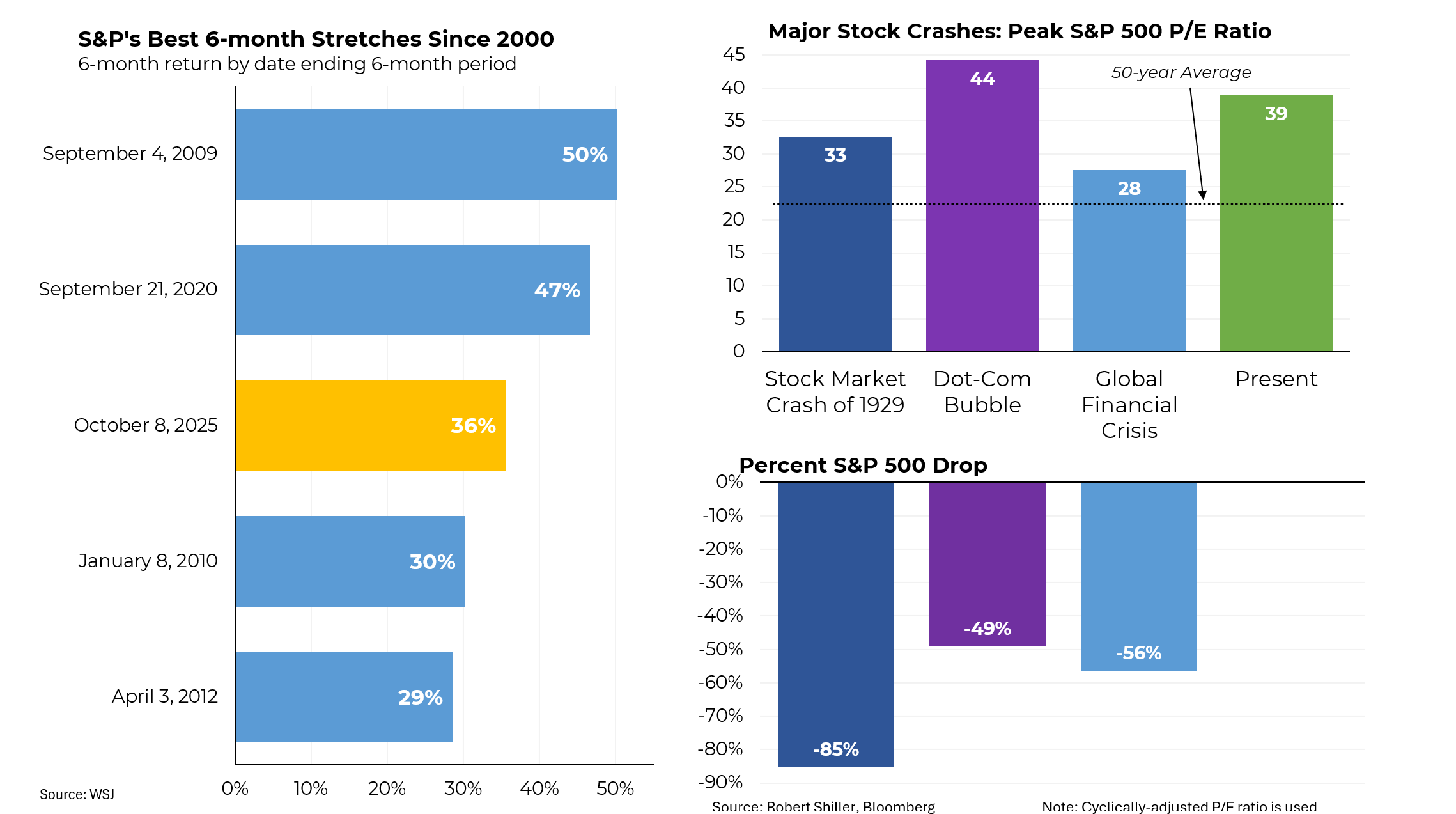Originally published in the Financial Times
Here we go again. Barely more than a decade since the last internet bubble deflated, valuations for digital businesses are again rocketing skyward, a frothiness eerily similar to the last round of irrational exuberance. Once more, Silicon Valley shows every sign of considering itself to be the centre of the universe.
Venture funds, parched from a decade of drought, are again besieged by eager investors and are, in turn, just as eagerly vying to fling their capital at youthful entrepreneurs. Megabillionaires – at least on paper – are being minted at dizzying speed, often seemingly overnight. The sizzle and new wealth has pushed Valley real estate to startling heights; one “home” recently sold for $100m to a Russian venture capitalist who had amassed a Facebook fortune.
Perhaps the most tangible manifestation of the euphoria came late last week, with the initial public offering of LinkedIn. Launched in 2003, just after Mark Zuckerberg entered Harvard, the company had muddled along as a sweaty professional networking site for the would-be upwardly mobile and a talent pool into which prospective employers could dip.
The rise of online networking gave LinkedIn’s business a helpful push. Then, with revenues of just $243m in 2010 and 19 pages of risk factors in its offering prospectus, it struck pay dirt on Wall Street. Its shares doubled in their first day of trading, a phenomenon reminiscent of the version 1.0 tech bubble. At its valuation of $9bn, LinkedIn trades at 31 times its revenues for the past 12 months and 173 times its cash flow, stunning multiples for an eight-year-old company.
The Valley was elated. Applying the same multiple to Facebook’s rumoured revenues would give its broader business model a value of at least $60bn (more than that of Ford Motor or Time Warner); the discount coupon business Groupon – another emerging darling based, unusually, in Chicago – would be worth $25bn.
To be sure, the current internet boom differs from its predecessor in important ways. For one thing, the last round of excitement lifted almost every boat on the technology landscape. At its peak, Cisco – then principally a maker of networking equipment – had a stock market valuation of $557bn. And pretty much any kind of business that used a computer could be rebranded as a “dotcom”, often before having a dollar of income. Remember the retailer eToys or the grocery delivery service WebVan? Both crumbled to dust, with many of the 308 technology companies that went public in 1999 alone. (Cisco’s value has dropped to $91bn.)
This time, the frenzy was ignited – somewhat more rationally – by profit generation within the nexus of social networking, gaming and couponing. Today’s narrower focus on those sectors helps explain why only 49 technology-related flotations have occurred in the past 12 months. Meanwhile, costs and regulatory burdens (thank Sarbanes-Oxley) have discouraged many chief executives of growth companies from going public, to the despair of venture capital backers. Instead, shares often now trade in a legal but grey secondary market, in which owners of non-public stock can cash in some of their paper gains. All that makes a market collapse of the magnitude of 2000 to 2002, when the Nasdaq dropped 78 per cent, unlikely.
Measured against the late 1990s, the current internet boom could have a good run ahead of it. Just before announcing its merger with Time Warner in January 2000 (who knew that the stock market peak was just two months away?), America Online sported a market value of $163bn.
Of course, not every boat launched in the 1990s ran aground. Priceline – whose initial “name your own price” business model was derided during the meltdown – has recast itself as a broad travel service and now boasts a market capitalisation of $26bn.
Believers argue that much has changed since the last time round. Far more people are connected to the internet, an estimate of 2bn compared with 248m in 1999. And investors have perhaps become more selective as to which horses to back.
Yet, just as Facebook and Google are viewed today as bullet-proof franchises, so was AOL viewed as impregnable in its day. Its more than 20m customers paid $19.95 a month in steadily recurring revenue for, among other things, early versions of e-mail, chat and networking. With the advent of the worldwide web, those subscribers were essentially paying for nothing more than slow-speed dial-up connections. As broadband access spread, the customers melted away. Today, AOL has a trading value of only $2bn.
Asset bubbles have been with us at least since 17th century Holland, when a tulip bulb commanded more than 10 times the annual income of a skilled craftsman. Today’s version 1.5 of internet euphoria may not have reached those levels and newer business models may prove more sustainable – but a correction in valuations could still be painful.





